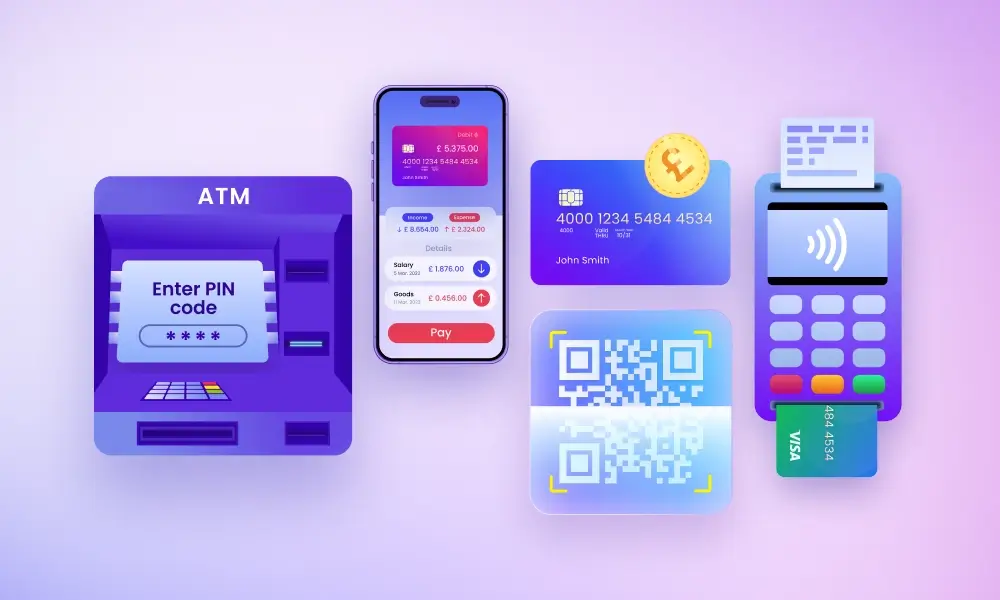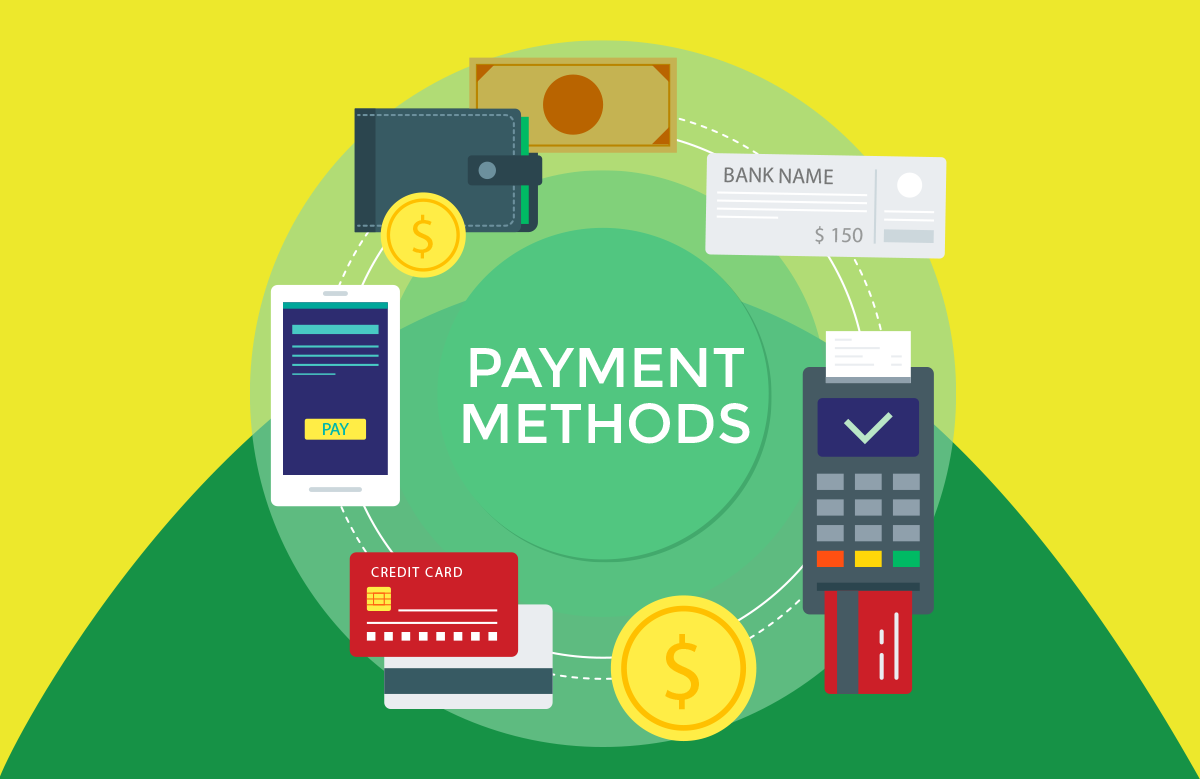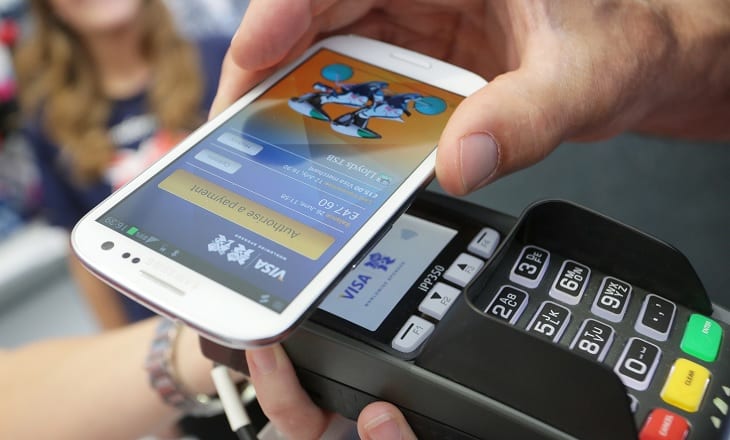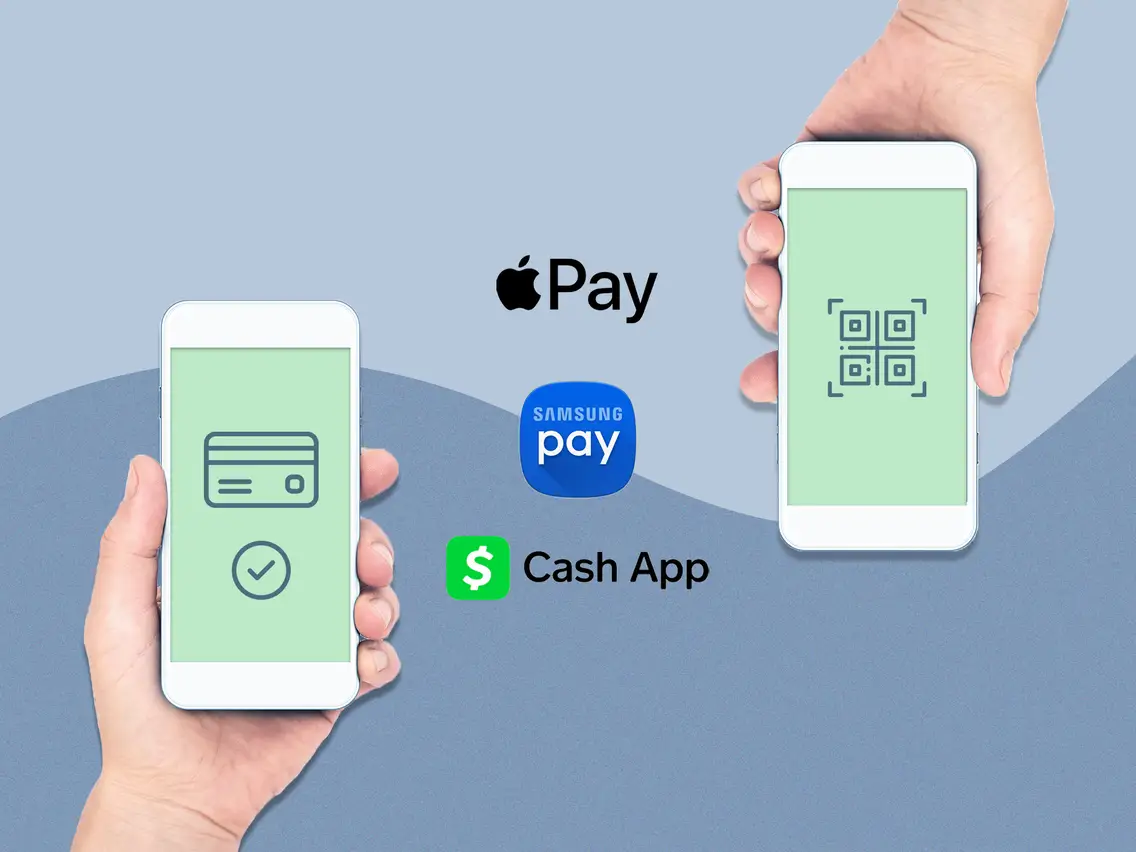Breaches of digital payment platforms have hit the news too often lately, sparking a critical question: Is your money safe? Day by day, we trust our financial info to various apps, believing robust security shields our cash and details from prying eyes. However, the reality sometimes tells a different story.
Within this article, I’ll take you through the risks that lurk beneath the surface of your digital wallet, expose the common chinks in the armor hackers exploit, and lay out real-world breach cases that rocked the financial world. Meanwhile, we’ll look into concrete steps you can take to bolster your own defenses, ensuring that your monetary assets stay out of harm’s way. So, buckle up and get ready to transform into a digital payment security expert, starting with the savvy know-how to protect your hard-earned money.
Understanding the Risks: How Safe is Your Digital Wallet?
The Most Common Types of Payment App Vulnerabilities
Let’s look at the soft spots in mobile payment apps today. Here you find the cracks that crooks love to pry open. Knowing these is step one in keeping your cash safe.
First, we have weak spots in the code. These flaws make it easy to break in. Just like a cracked window can invite thieves, a small code error can welcome hackers. They slip through code gaps, ready to snatch your cash.
Next, we have e-wallet phishing attacks. You get a fake email or text that looks real. It says, “Click here to fix an issue with your account.” But boom! You just gave criminals way into your wallet.
Now, we see mobile payment hacking due to bad security questions. You answer “What is your dog’s name?” and if that’s easy to find online, you’re in trouble. Hackers use your social media to crack your security questions and get in.
Lastly, there’s the chance someone will swipe your phone. Since phones hold our wallets, losing your phone can also mean losing your money. Guard it like you would your wallet or keys.
Real World Examples of Financial Data Breaches and Their Impact
Let’s look at some real mess-ups that hurt people’s wallets. It’s not just about losing a few bucks; it’s about the bad domino effect it starts.
In 2017, a big credit agency was hit hard. The mess they left behind? Sensitive info on millions got out. People are still dealing with the nightmare of stolen identities and ruined credit.
In 2019, a huge chain faced the music. Hackers got into their system, and out flowed the credit card details of countless customers. The hit on trust was massive. It brought a crystal clear message: one slip, and the dominoes start falling fast.
Now, remember your last online buy? E-shops face cyber thieves all the time. When they fail to stop them, it shakes our trust. We start to question, “Should I even shop online?”
The moral here? Breaches can mean big trouble for all of us. They pull a thread that can undo the whole sweater. They’re why we need tight protection on our e-wallets all the time.
What can we do? We must push for stronger shields around our digital dough. It’s not just about one person; it’s about us all. When one person’s pocket is picked, it doesn’t just hurt them; it chips away at the trust we all put in digital cash. Let’s be smart, stay alert, and make sure our wallets are locked tight.
The Anatomy of a Digital Payment Breach: From Infiltration to Fraud
How Hackers Exploit Online Payment Systems
Imagine you have a digital wallet. You think it’s safe. Yet, hackers can sneak in. They find weak spots in payment apps. These are like unlocked doors to them. Once inside, they can grab credit card info. They may even take control over your wallet.
Hackers use tricks like phishing. They trick us into giving them access. Fake emails that look real are their tool. They ask for passwords. Some take a harder route. They use malware to spy on our phones. If they succeed, they can get into our bank accounts. With this access, they make unauthorized financial transactions. Your money can slip away.
Keeping your wallet secure matters. Use strong, unique passwords. Check for two-factor authentication in fintech apps. This means only you can get in, with something you know and something you have.
Cybersecurity in fintech is big. It has to be. We need it to stop these bad guys. But still, sometimes they make it through. When that happens, your trust in digital payments can waver.
Analyzing the Aftermath of Payment System Breaches
What happens after hackers break in? First, there may be a lot of online payment frauds. You might see charges you didn’t make. This is a red flag. Next, the payment service provider starts fixing things. They have teams to respond. These teams protect you after breaches.
Financial institutions work hard too. They try to get lost money back. They may give you a new card. They look at how the breach occurred. Risk assessment in digital payments is important. They use it to find out what went wrong. They want to stop it from happening again.
E-wallet phishing attacks are a big worry. They can lead to money stolen fast. But banks and apps now watch closer. They watch all the time. This real-time monitoring of transactions helps. It can catch fraud quick.
After a breach, companies talk to you. They explain what to do next. They help to build up trust again. They tell you how they will keep your data safe next time.
Companies can’t be too careful when it comes to data protection in e-payments. New ways to hack payment systems pop up often. Companies must be ready. They must learn from each breach. That way, they can make sure our digital cash stays right where it should.
Remember, prevention is key. Be wise about where and how you use your digital wallet. With smart choices, you can help in the fight against mobile payment hacking and safeguard your hard-earned money.
Proactive Measures to Shield Your E-wallet
Implementing Two-Factor Authentication in Fintech for Better Security
Think about the key to your house. Now, imagine if one key wasn’t enough. Sounds safer, right? That’s what two-factor authentication, or “2FA,” does for your e-wallet. It adds a second lock to your digital money.
Why use 2FA, you ask? It makes hacking harder. You need two proofs to get in, not just one. This means your password and another check, like a code sent to your phone. If someone steals your password, they still can’t get your money without that code.
Let’s break it down. With two-factor authentication, you add an extra step to log in. First, you enter your password. Then, the service texts you a one-time code. You have to enter this code to access your account. If a bad guy tries to log in, they get stuck at step two. No code, no entry.
Now you might wonder if 2FA is worth the hassle. It is! Think about the stress when money goes missing. That extra step may take a few seconds, but it can save you a lot of trouble. Plus, it’s a simple way to boost your fintech protection.
Encryption Techniques for Enhancing Mobile Payment Hacking Defenses
What’s encryption? Think of it like a secret code. When you send money using your e-wallet, encryption scrambles your info. It turns it into a code that only the right person can read. This keeps your details safe from prying eyes.
Each time you pay online, encryption works without you seeing it. It guards your credit card info, keeping it out of the hands of thieves. It’s like sending a letter in a locked box instead of a clear envelope.
Now, are all types of encryption strong? No, they’re not. To keep your data safe, strong encryption is key. This means complex codes that are hard to crack. The best mobile payment apps use what’s called “end-to-end encryption.” This way, from start to finish, your private info stays secure.
It’s important because hacking methods always get better. But, with strong encryption, breaking the code gets too hard for many would-be hackers. They might try, but like trying to open a safe with a paper clip, they won’t get far.
So there we go. Two big shields for your e-wallet: 2FA and encryption. Using them means taking control of your money’s safety. And really, we all want our money locked up tight, don’t we? If your e-wallet uses these techniques, you can breathe easier. Your digital dollars are safer from the sneaks and crooks of the online world.
Navigating the Landscape of Compliance and Response
The Role of Financial Regulators in Strengthening Digital Security
Money is personal. Keeping it safe matters. In digital payments, it’s a big job. Rules play a key role. Financial regulators set these rules. They ensure your money’s safety. They work hard to boost security. They watch over banks and payment providers. Their goal is to keep your savings secure. And they keep bad guys away from your funds.
Financial regulators aim to protect. They make laws to shield your cash. Payment service provider compliance is not just nice. It’s a must. These rules, like PCI DSS and payment security, act as a guard. They stop nasty surprises on your card. And if things go south, they help correct the path. They are like a net when you walk a high wire.
Organizing an Effective Incident Response to Payment Breaches
When theft hits, time is gold. Payment breaches are scary. But there’s a plan for when they strike. A rapid incident response can contain the issue. It’s about acting fast, smart, and firm. Teams know the steps to take. They dig into the problem. And they find out what got lost or taken.
Cybersecurity in fintech isn’t just fancy tech talk. It’s real action to protect your money flow. Think of it as an alarm system. When a thief breaks in, the alarm shouts out. Teams are like cops, rushing to the scene. They work to spot how the thief got in. Knowing this helps to lock the door tighter next time.
In the trenches, the aftermath of payment system breaches gets messy. Combating cybercrime in e-commerce is tough. Yet, we learn from each fight. And if your cash was grabbed, we’re on a hunt to get it back. Financial institutions cybersecurity teams work with cops. Together, they track the bad actors and recover the funds.
But the key is to stop thieves before they leap. Prevention is better than chasing after. Securing mobile wallet transactions takes work. It means building walls higher and stronger. And it takes eyes on screens, watching for odd signs. Real-time monitoring of transactions is like a hawk in the sky. It sees the sneaky moves before they land.
We’re in it to keep trust in the bank and in the shop. When you tap to pay, you should feel at ease. Safeguarding consumer banking information is job one. Two-factor authentication in fintech is like a double lock. It keeps friends in and foes out. And encryption for payment security scrambles your details. So, if bandits grab it, they still can’t read it.
It’s about being ready at all times. Rules keep things in line. Response teams fight off the attacks. And together, it’s about keeping your money safe in a world gone digital.
Trust is gained when money’s safe. And I’m here with my sleeves rolled up. Ready to guard, to guide, and to act. For your peace of mind in a paying world without borders.
In this post, we explored the risks tied to your digital wallet. We dug into common flaws in payment apps and real stories of data theft. We learned how hackers break into online payments and the mess they leave. Then, we covered how to keep your e-wallet safe, like using two-step checks and better encryption. We also reviewed how rules and quick action can make things more secure.
Here’s what sticks: digital wallets are handy but come with risks. Staying ahead of hackers means you need the right defenses up. Use what you’ve learned here to toughen up your wallet. Keep in mind, even with all the tools and rules, there’s no such thing as perfect safety. Stay sharp, keep learning, and you can be one step ahead.
Q&A :
What are the most common types of breaches on digital payment platforms?
Digital payment platforms are becoming increasingly popular, but they are also targets for cybercriminals. The most common breaches involve unauthorized transactions, where hackers gain access to users’ accounts and make fraudulent purchases. Phishing attacks are another frequent occurrence, tricking users into providing sensitive information. Additionally, malware and ransomware can infiltrate systems to steal card details or lock out users until a ransom is paid.
How can consumers protect themselves from breaches on digital payment platforms?
Consumers can take several steps to safeguard their personal information and reduce the risk of breaches on digital payment platforms. First, it’s crucial to use strong, unique passwords for each account and enable two-factor authentication where available. Monitoring account activity regularly for any unfamiliar transactions is also recommended. Never sharing sensitive information via email or on unsecured websites, and ensuring the device’s security software is up-to-date, can further enhance protection.
What should I do if I suspect my digital payment account has been breached?
If you suspect that your digital payment account may have been compromised, act swiftly. Start by contacting your bank or the digital payment service provider to report the suspected breach and inquire about the next steps. It is often recommended to change your account passwords immediately and monitor your account for any unusual activity. Additionally, checking your credit report for unfamiliar entries and considering a credit freeze could prevent further financial damage.
Are digital payment platforms required to notify users of a security breach?
In many jurisdictions, digital payment platforms are legally obliged to inform users of any breach that could negatively impact their personal data or finances. The notification timeframe and the specific requirements can vary by region and are often dictated by data protection regulations. It’s important for users to read and understand the privacy policies and terms of service of any digital payment platform they use to know their rights in the event of a breach.
How are digital payment platforms enhancing security to prevent breaches?
Digital payment platforms are continuously enhancing their security measures to prevent breaches and build user trust. These enhancements may include employing advanced encryption technology to protect data transmission, using machine learning algorithms to detect fraudulent patterns, increasing the rigor of identity verification processes, and deploying additional layers of security such as biometric authentication. Regular security audits and compliance with industry standards like PCI DSS (Payment Card Industry Data Security Standard) are also part of these ongoing efforts.
